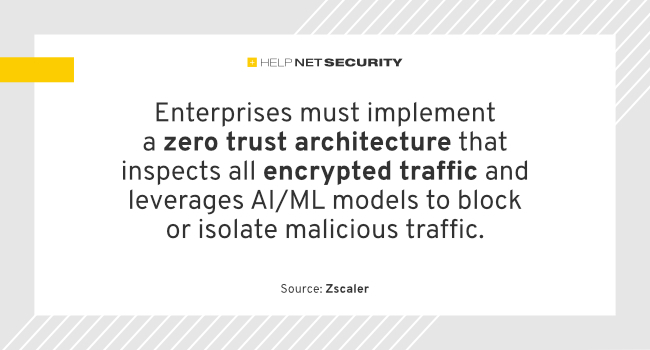Web Threats in India: Hacking Incidents and Cyberattacks in 2023 |
According to the global cybersecurity company Kaspersky, a total of 62,574,546 Internet-borne cyber threats were detected and blocked in the country.
“With the world moving towards AI and other next-gen technologies, we expect the fraud and scamming scenarios to get more intricate and challenging to detect. Thus, we urge Indian users to install security solutions on their devices to protect themselves from these web attacks,” said Jaydeep Singh, General Manager for South Asia at Kaspersky.
Two ways used by hackers to target Indians
The report by Kaspersky highlighted two most prominent ways that cyber criminals used to undertake cyberattacks. These are: exploiting bugs in browsers and social engineering methods.
Vulnerabilities in browsers: Cybercriminals often exploit the vulnerabilities in browsers and their plugins to attack users’ systems. Users are typically attacked when they visit an infected website and the attack happens without the user’s awareness or action, and may result in the download of harmful malware.
Social engineering: Another popular web threat in India is ‘social engineering’ wherein the users are manipulated by the cybercriminals to download a malicious file and then they take control of the system.
Cybercriminals often trick their victims into thinking they are downloading a legitimate application or programme, and then once the user downloads the programme, they control the victim’s device and use it for malicious purposes.
“Since many threat actors nowadays conceal malicious code to bypass static analysis and emulation, advanced technologies such as proactive Machine Language-based methods and behaviour analysis are used to fight this type of threat,” Singh added.





